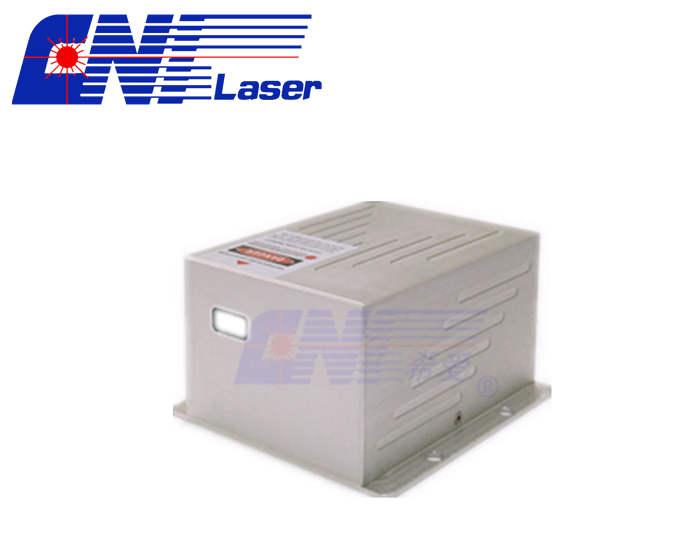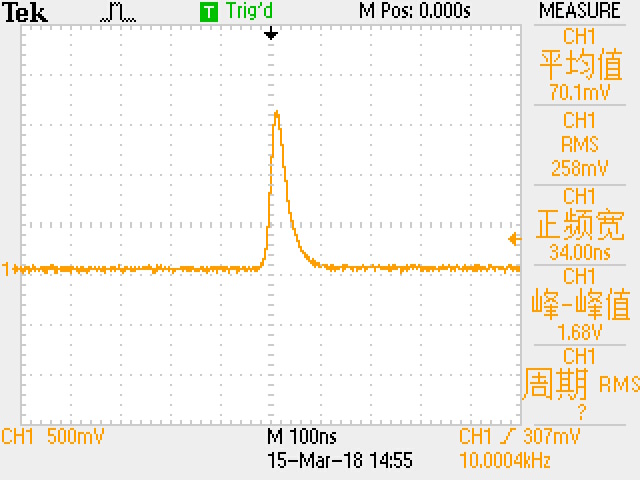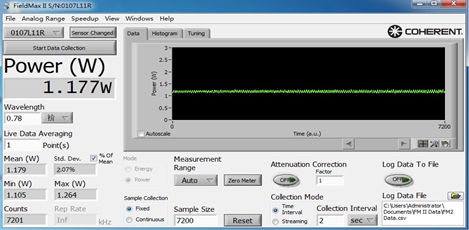In recent years, as China's truck industry has advanced rapidly, trucks are being replaced at an unprecedented pace. More and more domestic trucks are now equipped with cutting-edge foreign technologies, moving toward higher power, larger tonnage, greater efficiency, improved comfort, enhanced reliability, and better energy efficiency and environmental protection. While these features have long been standard in European and American trucks, they are still in the early stages of adoption in Chinese trucks. So what are the key technologies that are giving our trucks a brand-new look?
Visit the Beijing Auto Show parts exhibition area to uncover the secrets behind this transformation.
**Enhanced Load Capacity**
With the growing demand for high-capacity vehicles, there is a shift toward more reliable and safer axle systems. Wheel-reduction drive axles with higher load capacity are gradually replacing the older single-stage reduction axles. In traditional single-stage reduction axles, a set of bevel gears (commonly called a "gear pack") is used for deceleration. However, due to the large gear size, the axle housing becomes bulkier, reducing ground clearance and compromising passability. In contrast, wheel-speed reduction bridges use a smaller-diameter external gear on the half shaft, surrounded by planetary gears. The hub’s internal teeth engage with these planetary gears, achieving better deceleration performance and significantly improving vehicle passability.
Another foreign technology introduced is the V-shaped thrust rod, designed to handle heavier loads and reduce damage from impacts. It distributes force evenly across both side beams and includes a damping module between the bridge and leaf spring, effectively reducing stress on the axle housing and chassis. This improves overall reliability and durability.
To further increase load capacity, frame technology has also evolved. Variable frames and frames made from high-density steel are now commonly used. For example, the HOWO model from China National Heavy Duty Truck incorporates Steyr design principles, widening the frame and redesigning the body to enhance carrying capacity.
**Energy Efficiency and Emission Reduction**
Since the new century, reducing vehicle emissions has become a top priority in China’s automotive industry. Trucks have transitioned rapidly from zero emission standards to Euro III levels. When Steyr engines were first introduced, there was no awareness of emission regulations in China. With the implementation of Euro I and Euro II standards, engine technology quickly caught up, reaching Euro II through process improvements, optimized designs, and better fuel quality.
The leap from Euro II to Euro III marked a significant technological advancement. Engine control systems shifted from mechanical to electronic, with electronically controlled high-pressure common rail technology becoming the mainstream. This allows precise control over fuel injection timing and quantity, balancing fuel economy and power performance. The system operates at pressures up to 200MPa—three times higher than traditional diesel systems—which leads to better combustion, increased power, and reduced fuel consumption.
**Improved Driver Comfort**
Domestic truck manufacturers like Foton Auman have pioneered advancements in cab design, introducing the first four-point suspension cab. Initially, drivers found it strange, but they soon appreciated its superior shock absorption, which enhances comfort and reduces driver fatigue. The full-floating suspension allows the cab to move horizontally during sudden stops, improving safety for both driver and passengers.
Modern trucks now feature ergonomic air suspension seats, some even with electric heating. High-roof cabs allow drivers to stand upright, while wide-body sleepers provide better rest conditions. Dashboard layouts have also been redesigned for easier operation, making driving more comfortable and efficient.
**Integrated and Modular Design**
Component integration and modular design have become essential in China’s truck industry, influenced by Steyr technology. Advanced electrical connectors now prevent water damage from rain, ensuring better reliability and fewer connection issues. The CAN bus system, introduced through Steyr, enables real-time communication between various vehicle components, enhancing performance and transforming trucks into smarter, more connected machines.
**Safety First**
Truck safety has also seen significant improvements. Cab structures are now fully welded using automated robotic lines, offering better protection. Front anti-drill protection frames help safeguard both vehicles and pedestrians in front-end collisions. Lateral stabilizers, once common in foreign trucks, are now being adopted in China to improve stability. Some models already include ABS systems, and technologies like EBL and TPMS are expected to follow, further enhancing user safety.
Testing data
CNI offer wavelength tunable Laser, the output wavelengths can be changed continuously within a certain range. Tunable lasers come with good beam quality, high stability and long life time, they are widely used in spectroscopy, photochemistry, medicine, biology, integrated optics, laser processing,etc.

Specification
|
Tunable Diode Laser |
|||
| Tunable Wavelength Band | Model | Output Power | Specifical |
| 403~407 nm | TUN- 403~407 | 1~30 mW | <0.1 nm |
| 408~412 nm | TUN- 408~412 | 1~30 mW | <0.1 nm |
| 448~452 nm | TUN- 448~452 | 1~10 mW | <0.1 nm |
| 518~522 nm | TUN- 518~522 | 1~10 mW | <0.1 nm |
| 634~643 nm | TUN- 634~643 | 1~10 mW | <0.1 nm |
| 652~658 nm | TUN- 652~658 | 1~10 mW | <0.1 nm |
|
Tunable Ti : Sapphire Laser |
|||
| Tunable Wavelength Band | Model | Output Power | Specifical |
| 390~408 nm | TUN-TiA-393~408 | 1~1000 mW | <2 nm |
| 770~840 nm | TUN-TiN-770~840 | 1~400 mW | <40 pm |
| 770~840 nm | TUN-Ti-770~840 | 1~1000 mW | <2 nm |
| 770~840 nm | TUN-TiA--770~840 | 1~1300 mW | <2 nm |
|
Tunable Infired Laser |
|||
| Tunable Wavelength Band | Model | Output Power | Specifical |
|
1400~1800 nm |
TUN-W-1400~1800 | 1~2000 mW | <2 nm |
| 2600~4450 nm | TUN-W-2600~4450 | 1~1000 mW | <2 nm |
Testing data
 |
 |
|
Pulse width 34 ns testing at 10kHz
Ti: Sapphire Laser |
Power stability < 3% Ti: Sapphire Laser |
Tunable Laser Diodes,Tunable Laser,CW Tunable Laser,Finisar Tunable Laser
Changchun New Industries Optoelectronics Technology Co., Ltd. , https://www.cnioptics.com